Today’s post is a conversation with Andra of Sleepy Gap Pawpaws which supplies Pawpaw Seedlings to Fifth Season Gardening Co. We thought you’d enjoy learning more about this native fruit tree and hearing her story. Enjoy!
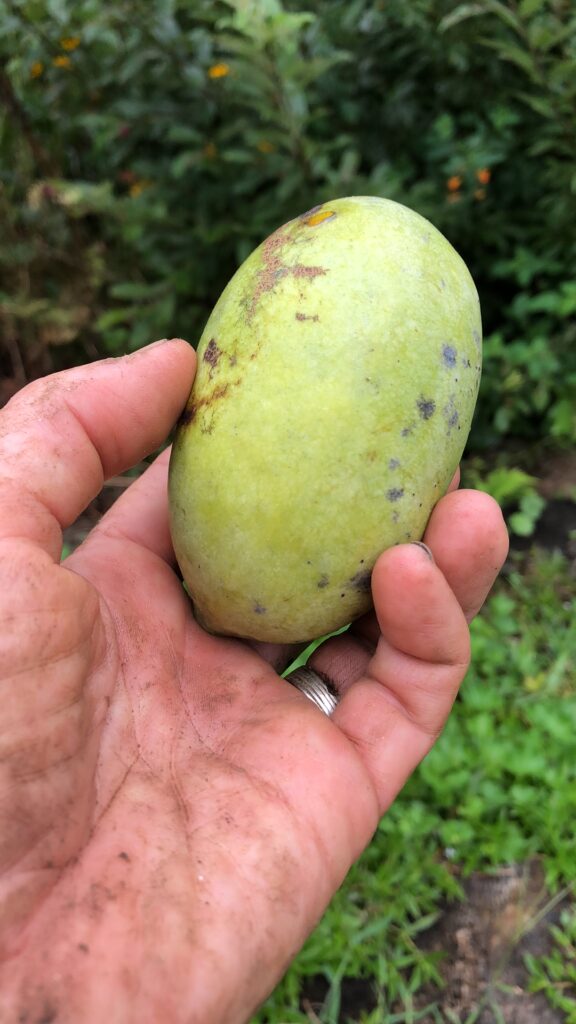
Please introduce yourself to our readers!
Hi, my name is Andra and I am the founder of Sleepy Gap Pawpaws near Asheville, NC. Sleepy Gap Pawpaws is a small-scale nursery and we also have an orchard with 130 trees growing for future harvests. In my other job I am a plant breeder for NC State University where I work with a wide variety of ornamental trees and shrubs.
What are pawpaws?
Pawpaws are the largest tree fruits native to North America and quite unique as their closest relatives are actually tropical. They ripen in the early fall and are similar in size and outward appearance to a small mango. The edible portion is the custard-like pulp inside which has a flavor many describe as a mix between mango, banana and pineapple. The fruits also have la
rge seeds, so it takes some work to get to the pulp. But it’s worth it!
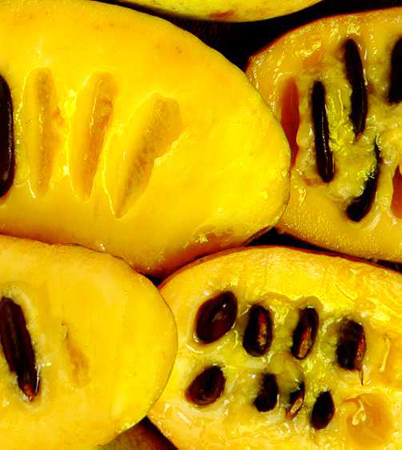
Manuel.conde, Public domain, via Wikimedia Commons
Pawpaw trees are comfortable in Zones 5-8 and can grow well throughout most of the eastern United States. If left unpruned, the trees grow to heights of 25 feet or more. They have distinctive large leaves and red flowers which are pollinated by flies. The pawpaw is also the host plant for the zebra swallowtail butterfly. After fruiting, the leaves turn a bright golden color before falling off for the winter.
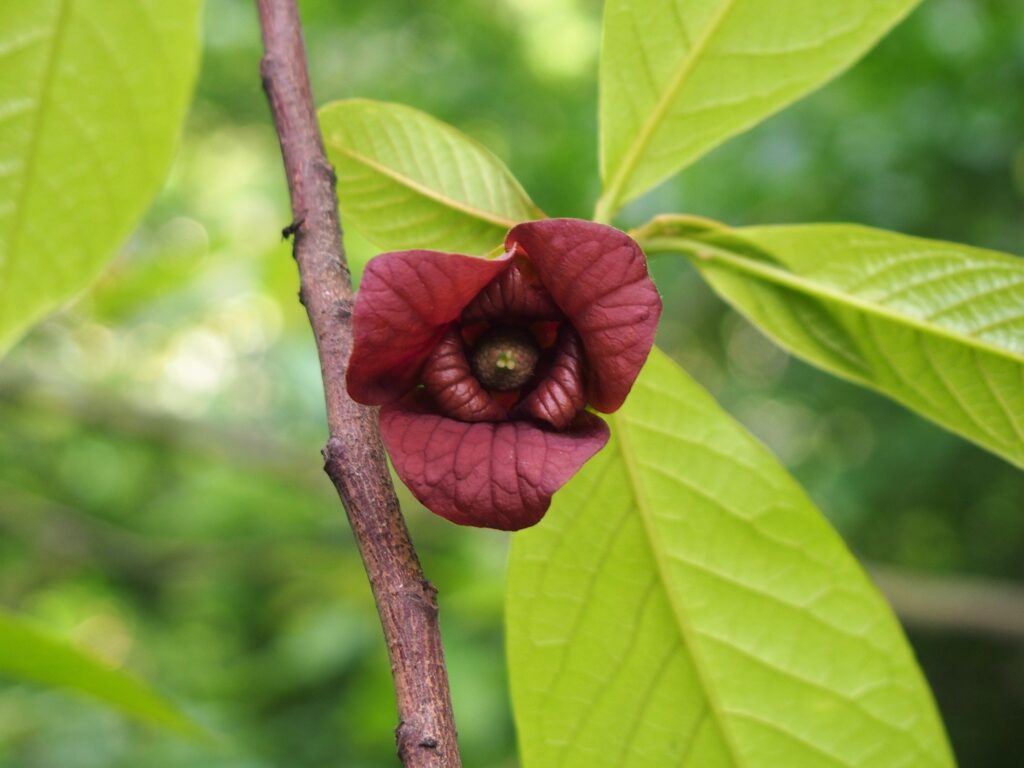
Agnieszka Kwiecień, Nova, CC BY-SA 4.0 <https://creativecommons.org/licenses/by-sa/4.0>, via Wikimedia Commons
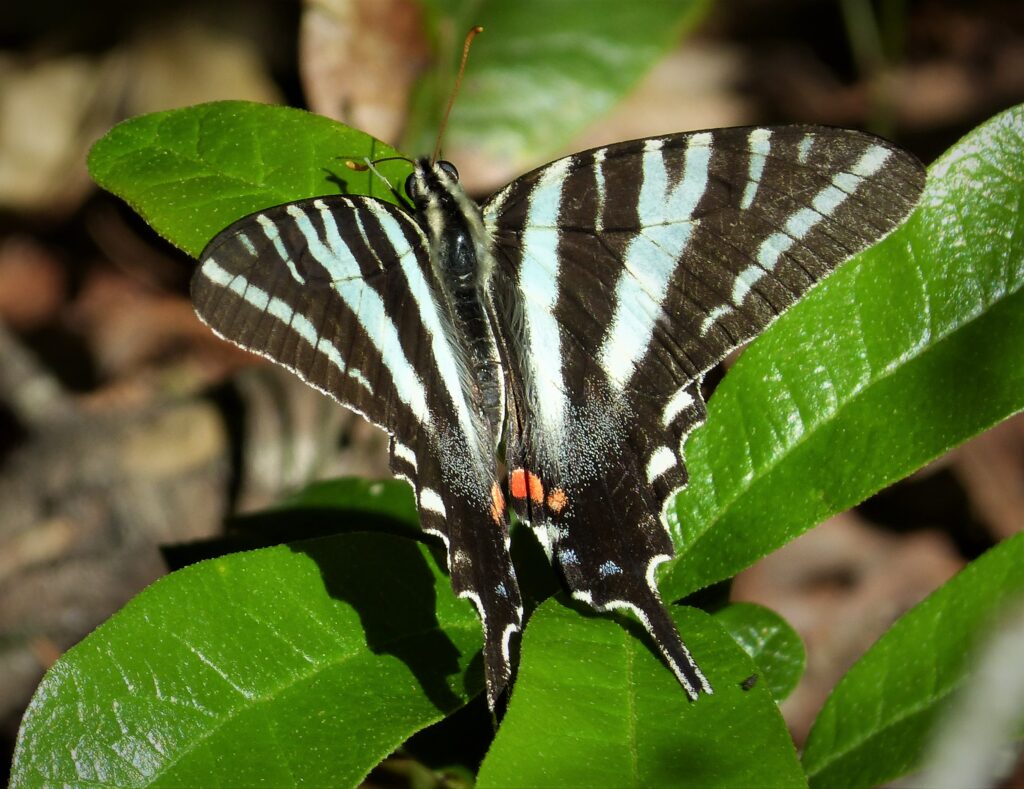
gailhampshire from Cradley, Malvern, U.K, CC BY 2.0 <https://creativecommons.org/licenses/by/2.0>, via Wikimedia Commons
How did you become interested in pawpaws?
I’m originally from Michigan, where pawpaws also are native, and had the chance to experience the fruit and the tree at an early age. I didn’t know at the time that I’d end up breeding pawpaws, but I did know that I really liked this unique and often overlooked native fruit tree.
Considering they are native, why are pawpaws so rare? Also, what do they taste like and how are the best preserved and consumed?
Pawpaws offer challenges to commercial scale growers that have limited its marketability. The biggest issue is that the fruit on
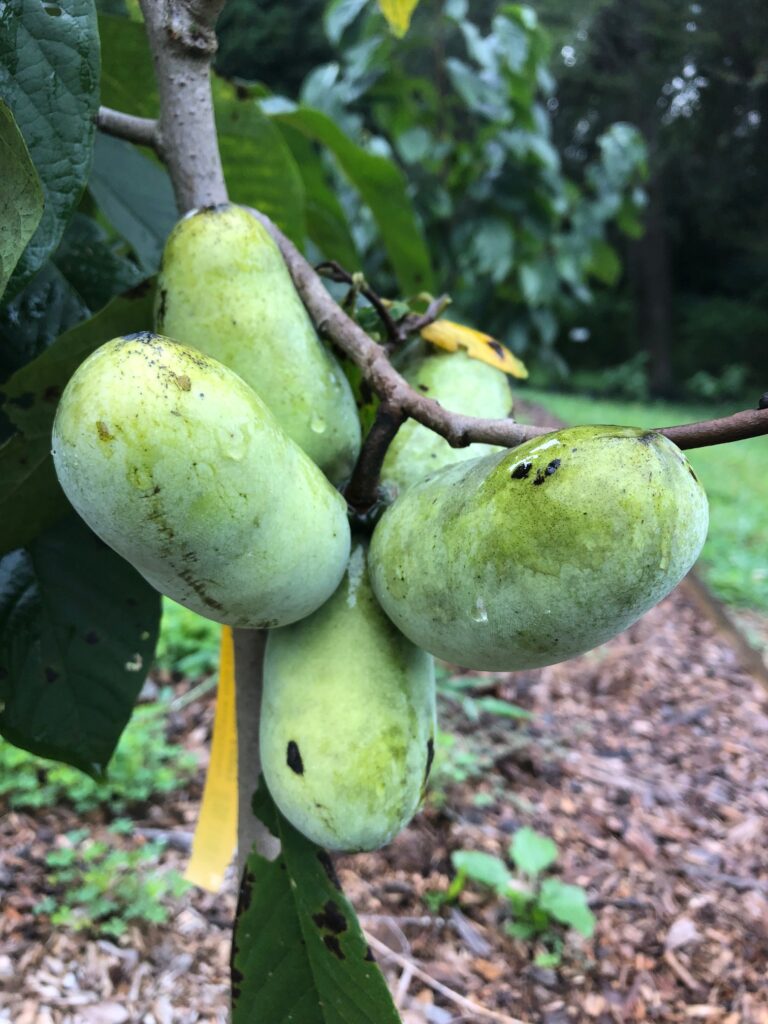
ly ripens on the tree and must be processed for storage in a matter of days before it spoils. These inconveniences for large-scale growers make pawpaws a perfect “backyard special” or a foraged treat for those that know where to look!
Pawpaw pulp can be eaten raw and is best preserved by freezing. The pulp is especially delicious in ice cream but is versatile enough to be incorporated into just about any fruit-based recipe. It’s a subtle flavor, so keep that in mind when cooking with pawpaw.
What tips would you give to those that want to try growing pawpaws from seedlings at their homes?
As pawpaws are native to our part of the country, they are well-suited to our conditions and can thrive. Greater success will come with proper cultivation practices and being attuned to the unique needs of this tree.
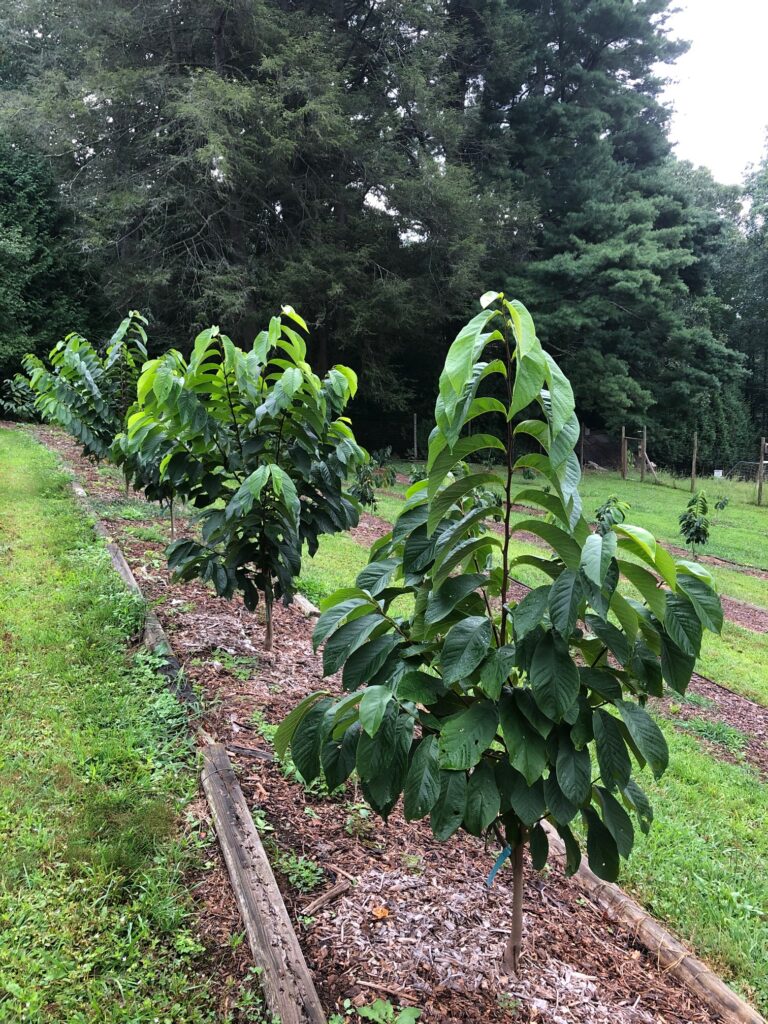
Some things to keep in mind:
-
- Pawpaws have a long tap root. You will need to dig a deeper hole for them than for similarly sized seedlings from most other fruit trees
- Planting 2 or more trees will increase productivity as they will cross-pollinate
- While they’re not too picky, if your soil is highly acidic, you may want to amend it to something closer to 6.0-6.5 pH. I mixed a little lime into my soil when establishing my orchard and this has worked well.
- Full-sun will be more productive than partial shade
- Especially in the first year, before the tree is well-established, be sure to water deeply in the hot summer months and keep an eye out for signs of stress. Mulch or compost spread around the base, but not touching the trunk, is helpful too.
- As they grow, during their winter dormancy, it’s a good idea to prune and shape the trees to about 8 ft in height to make future harvests easier. If you want to let the plant develop to its full size, that’s fine too but you’ll need a big ladder at harvest time!
- Until the tree has matured to fruiting age, minimal fertilization is required. Once mature, proper fruit tree fertilization will dramatically increase yields.
- Patience is key. It could be up to 7 years before a seedling tree bears fruit. While you are waiting for your tree to reach maturity, it’s a beautiful native that can be enjoyed for its aesthetic and habitat-creating qualities. Think of your pawpaw tree as a long-term project and you’ll do great.
Wow, that’s a lot, but seems doable! Where do you see Sleepy Gap Pawpaws going from here?
I will continue to grow pawpaw seedlings and grafted cultivars in my nursery to help increase access for home growers. When my orchard matures, I want to take the commercial challenges head-on. I plan to process my harvest on-site and then work with restaurants, small-scale food companies, brewers, distillers and more to see where we can take this special fruit. It’s a labor of love and something that I’m proud to be working toward.
Andra, thank you for your time and for sharing your knowledge with us and our readers!

Robin D says
This article was very informative. Thank you Andra!
david n says
Good stuff, thanks for sharing!